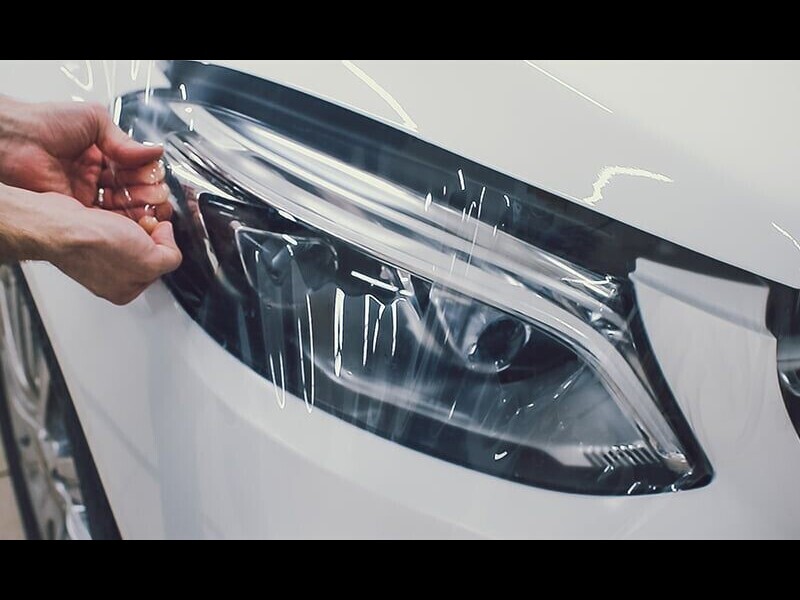
In a recent blog, we looked at types of protective film and market growth drivers. As the protective film market continues to rise in demand, given increased desire for product protection, it’s important to choose the right type for your needs. The following tips can help in the selection process:
- Identify the type of surface that needs protection
Protective film can be applied to many types of surfaces, such as:
- Metal
- Plastic
- Glass
- Stone or granite
- Carpeting
- Painted surfaces
Additionally, these types of surfaces can come in a variety of textures, including smooth, embossed or coated.
It’s important to understand the nature of the surface that needs protection when selecting a protective film. This is because certain films are better suited for adhesion to some surfaces over others. If the improper film for a given surface is chosen, it can result in bond failure.
- Understand the nature of the application
It’s also a good idea to know the conditions in which the protective film will be exposed to for a given application. For example, the application may entail temperature extremes, varying levels of humidity or different pressures. It also may require the surface to be protected for only a few days or even up to several years. Furthermore, the protective film may be subjected to various types of application stresses, such as stretching or bending.
Clearly identifying the nature of the application upfront will help ensure the chosen protective film is able to maintain performance level throughout its needed lifecycle and reduce the likelihood of failure.

- Know the desired properties
While all protective films are designed to protect surfaces, they offer distinct properties. These include:
- Color tints
- Optical grade clarity
- Ability to protect against electrostatic discharge
It’s important to assess what properties your protective film will need to have prior to selection. Doing so will ensure the film offers the right qualities to achieve desired end-use results.
Smart Adhesives for Protective Films
Adhesives also play an important role in determining protective film performance capabilities. Therefore, it’s a good idea to ensure the chosen adhesive is able to meet end-use application needs prior to manufacturing the film. Bostik formulates smart adhesives for protective films designed to offer:
- Excellent weatherability
- Resealability
- Water resistance
For more on these adhesives for protective films and their applications, visit www.bostik.com.
